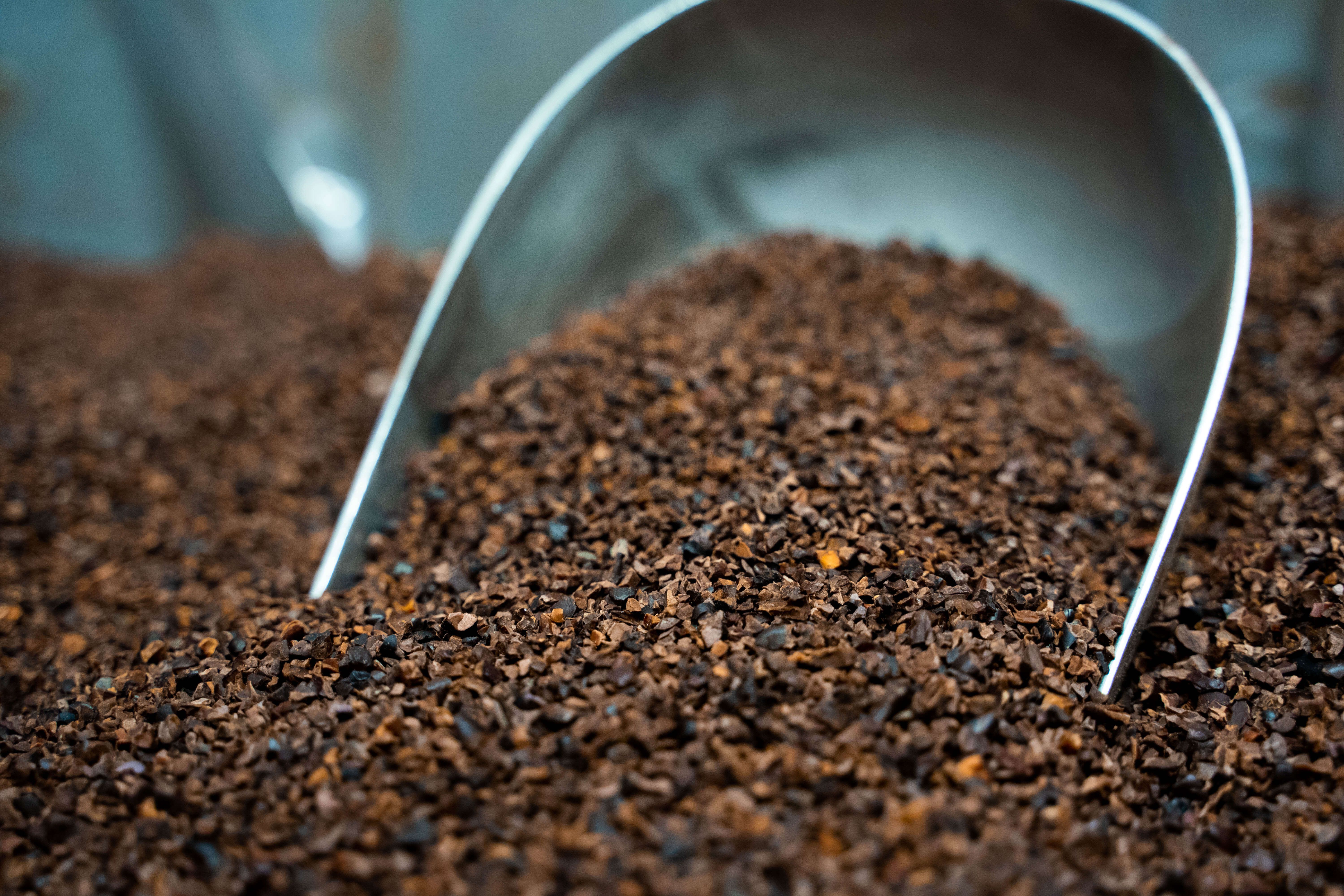USU adds a Little ‘Willy Wonka’ to its Campus with Chocolate Factory
Author
Published
1/4/2020
When you think of chocolate, what do you dream of? Hershey's? Callebaut? Guittard? Everyone has their favorite, and generally, people tend to be firmly rooted in their belief that milk, dark, or white chocolate is the best. I love a good dark chocolate, so when I was given the opportunity to visit the Utah State University (USU) Chocolate lab, I jumped at the chance.
The USU lab is unique in that no other university in the U.S. has a lab that teaches students to make chocolate from “bean-to-bar”. While the lab has only been open for a little under a year, the idea and process of tying the lab into the university’s teaching curriculum have been years in the making.

The lab is the brainchild of Steve Shelton, the business manager of the Aggie Creamery. Before he worked for the university, Shelton started his own candy shop – Copper Cauldron Candy Co. – where he sold his world-famous truffle bars. Steve is teaching students the secrets of chocolate making that so many others hold dear and wants his students and the surrounding community to view the lab as a resource for their own businesses.
“There’s all sorts of chemistry involved in [the lab], Shelton said. “Would you rather learn chemistry in a chocolate lab or a chemistry lab? I would hope most people would say chocolate!”
The goal for the lab is to become self-sustaining, and Shelton wants to be able to teach students the craft of chocolate making that he learned from his mentors – including the master candy maker at Disneyland. He also wants to produce enough chocolate to sell in the chocolate shop that sits in front of the lab to cover the costs of the lab itself.

Steve made it clear during our tour that there is a difference between chocolatiers and chocolate makers. Chocolatiers use another’s chocolate to make their confections, while a chocolate maker is making chocolate from bean to bar. Large chocolate companies want chocolate that tastes uniform no matter where you buy their product, so they roast their beans so hot that they remove all unique flavor from the beans. They then add flavor back into the chocolate to make it taste the same every time.
Craft chocolate makers like Steve, however, focus on the nuances of beans from different origins. Soil, rain, and local fermentation of the beans all play a part in the flavor of the chocolate. You can taste everything from citrus and berries to smoke and caramel in different bars of chocolate. Right now, the Aggie lab uses two different fair-trade beans to produce their chocolate – one is from Belize and the other is from Ecuador. They are also in the process of testing eight other beans from different origins to add a wider range of flavor profiles to their repertoire.

Aggie chocolate uses a ratio of 30 percent sugar to 70 percent cacao nib in their chocolate, but Steve said that two 70 percent cacao bars made by different companies are not necessarily made equal. The type of cacao used in chocolate bars – cocoa powder, cocoa butter, and/or cocoa nib – is not regulated, so two bars with the same percentage of cacao in them may taste dramatically different. Cocoa nibs, which are the innards of the cocoa seeds, have the strongest flavor and therefore will produce a darker, more flavorful chocolate.

The Aggie lab not only produces rich, flavorful chocolate, it’s also some of the smoothest chocolate you will ever taste. The human mouth cannot feel texture at a level of 20 microns, so Steve and his lab students grind their cacao nib and sugar for six to seven days, 24-hours-a-day until they reach a micron of 10, which is twice as smooth as the industry standard.
The production of chocolate creates some waste in the form of cacao bean husks, which are removed after the bean has been roasted. The Aggie lab is always innovating and trying to come up with ways to use every part of the bean, including those husks. Some of the ways they have found they can use the husks include chocolate granola bars, a cocoa spread, mulch (which is a good fertilizer, but also keeps the deer out of your garden as they don’t like the taste), chocolate tea, and the husks can even be pressed into pellets and used for fuel.

Whether you are a student wanting to learn the art of chocolate making, a conscious consumer with questions, or just an avid chocolate lover, you will find something positive at the USU Chocolate factory, it's definitely worth stopping by for a bar!
The factory sells bars of its signature chocolate, ‘Thistle and Rose’, as well as other cocoa desserts. To learn more or take a virtual tour, visit aggiechocolate.com.
Want more news on this topic? Farm Bureau members may subscribe for a free email news service, featuring the farm and rural topics that interest them most!
